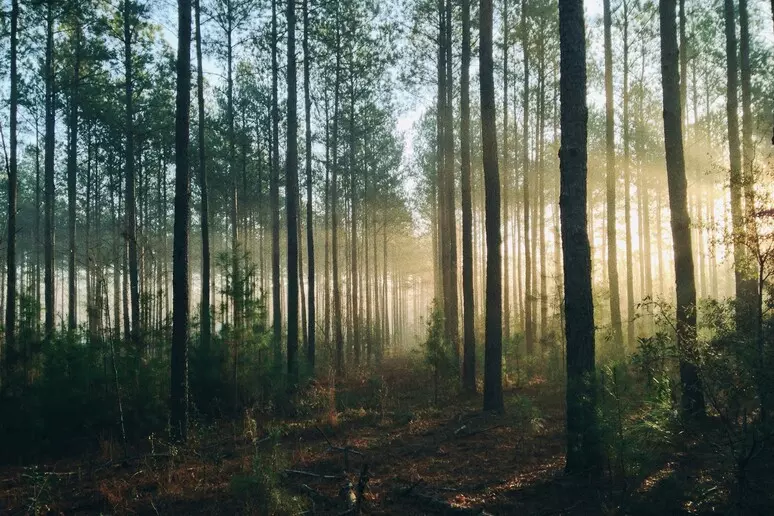The sea is advancing into Maryland’s lower forested areas, turning trees into “ghost forests.” This is reported by University of Maryland Eastern Shore ecologist Professor Stephanie Stotts, who studies the Somerset County area: rising sea levels are pushing salt water from marshes further and further inland, killing vegetation.
But this is not a localized phenomenon: ghost forests are spreading to various coastal areas of the United States and beyond. In addition to the U.S. Atlantic coast (Maryland, Delaware, Virginia, North Carolina), the phenomenon is also observed along the Gulf Coast and in parts of Louisiana. In Europe, some coastal or delta areas–such as the Po or Danube deltas–are potentially at risk, although at present the impact is not yet comparable to that of the U.S. East Coast.
Forests play a vital role in the health of the planet. They produce oxygen and absorb carbon dioxide, helping to slow climate change. They regulate the climate, protect soil from erosion and filter rainwater. They host millions of living species and provide essential resources such as food, timber and medicines. They also protect many communities from extreme weather events, such as floods and landslides.
According to climate.gov, sea levels continue to rise as glaciers melt as a direct result of rising global temperatures. The expert warns that human activities, such as raising livestock and burning fossil fuels, contribute to this rise in temperatures: as the planet warms, extreme weather events become more common. Warmer air carries more moisture and the oceans store more heat, loading the atmosphere with “fuel” for storms. This generates excess energy that causes more intense showers and violent hurricanes, which can cause severe flooding, especially in coastal communities such as Maryland.
Meanwhile, some coastal communities are working to make their homes more resilient. Others are designing floating homes that could withstand structural damage caused by flooding. Scientists remind us how important it is to take steps in daily life to minimize environmental impact, such as recycling and reducing pollution.
The loss–even when silent and gradual, as in the case of ghost forests–presents a threat that affects everyone.










